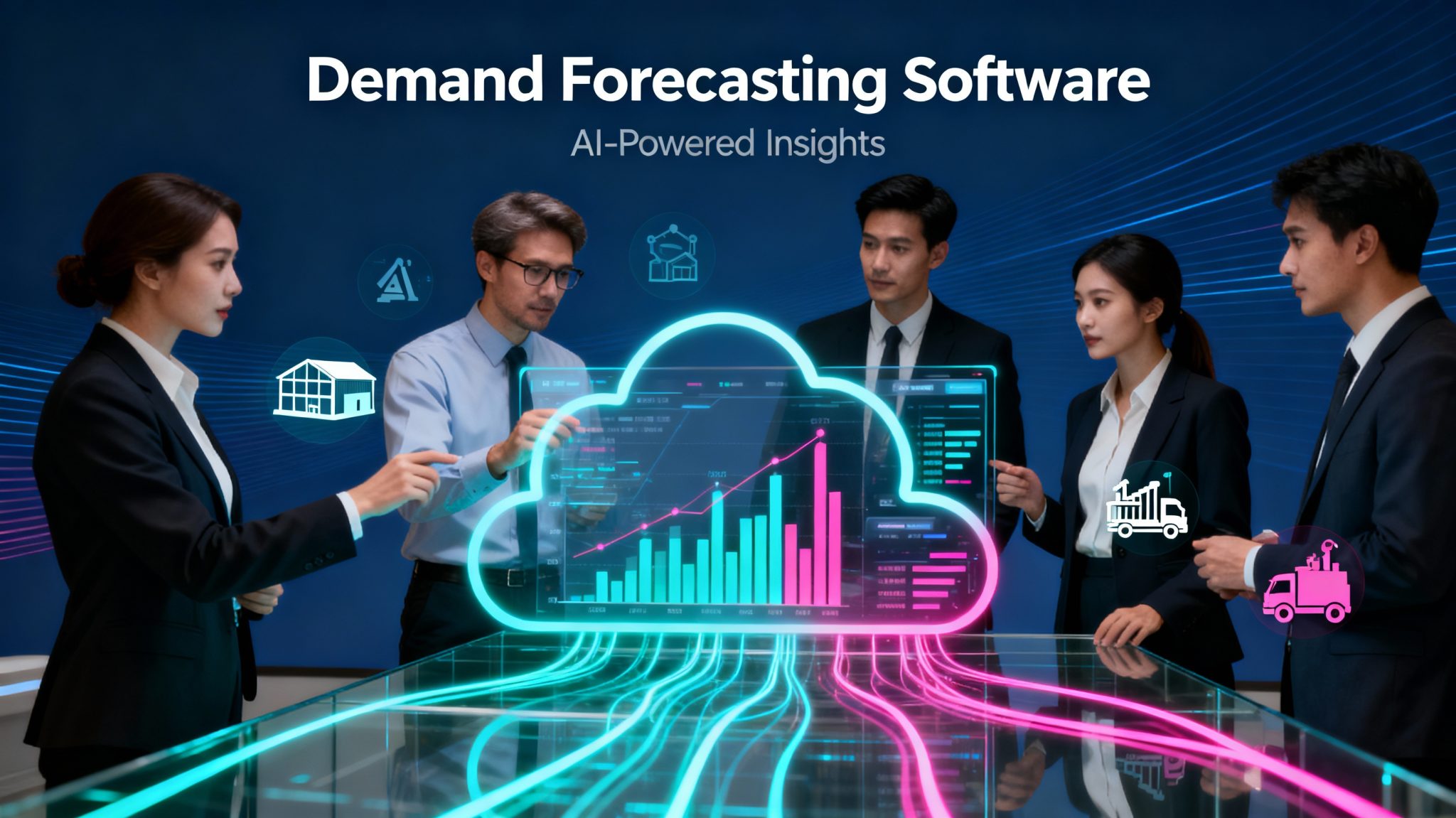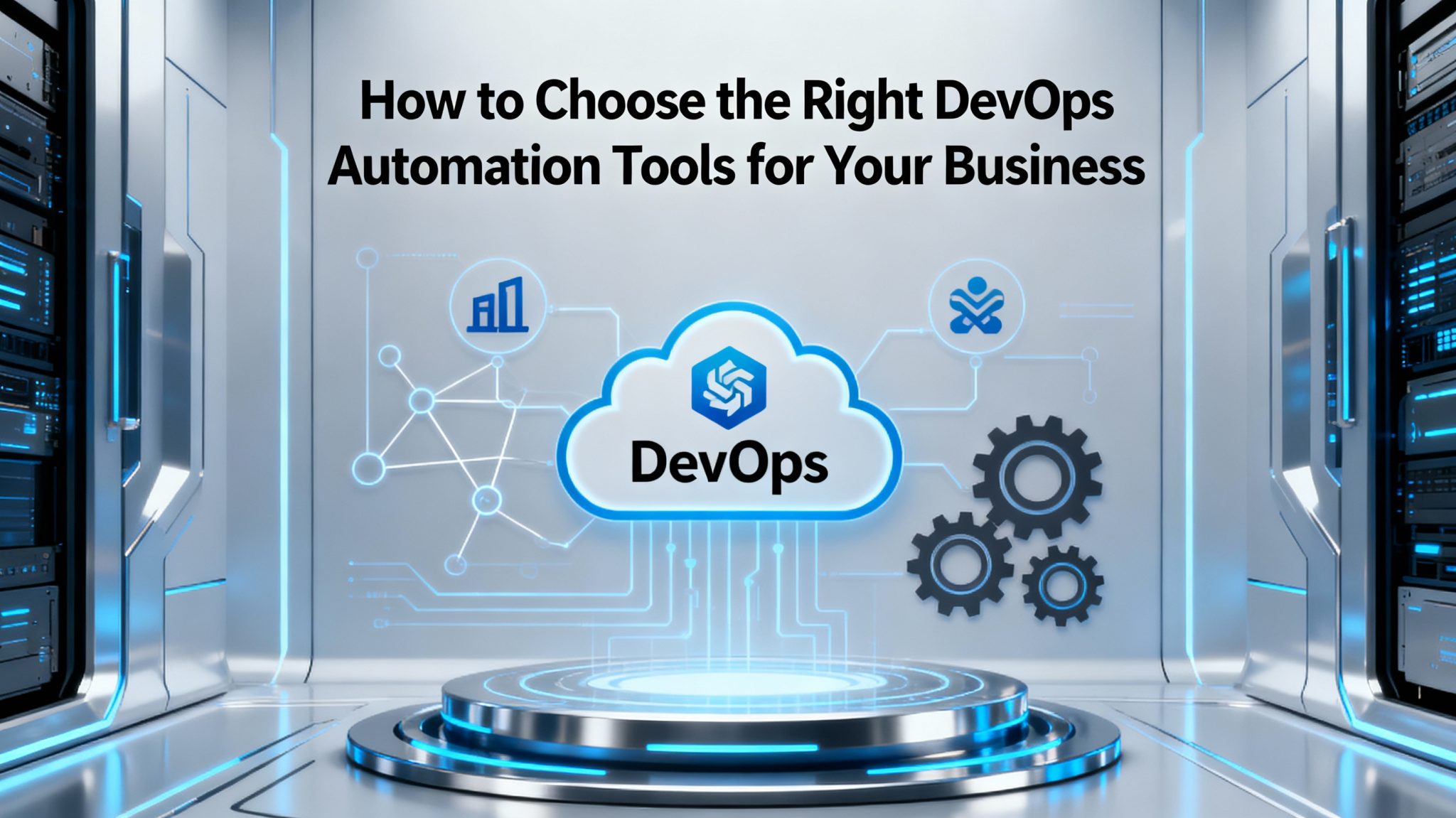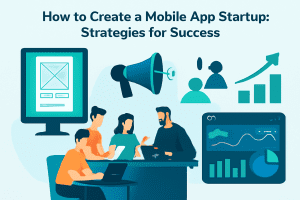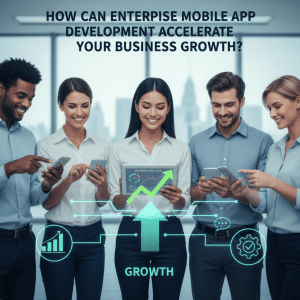Introduction
Predictive analytics software development is revolutionizing how organizations leverage their data to anticipate trends, reduce risk, and gain a competitive edge. By deploying machine learning, statistics, and advanced modeling, companies can turn historical and real-time data into actionable predictions—whether for sales forecasting, preventing fraud, or optimizing inventory. With mounting business complexity and data volumes, predictive analytics tools have become essential for organizations aiming to future-proof their strategies and drive smart decisions in an ever-changing market.
What Is Predictive Analytics Software Development?
-
Predictive analytics utilizes historical and live data, advanced algorithms, and machine learning to forecast future outcomes and recommend the best actions.
-
Developing predictive analytics software typically involves identifying business needs, collecting and preparing data, building models, and integrating these models seamlessly into business applications for real-time insights.
-
Modern predictive analytics systems can be custom-coded, built using data science tools, or integrated through user-friendly low-code platforms, making this technology accessible across industries.
Key Features:
-
Automated data ingestion and cleansing
-
Model building, evaluation, and deployment
-
Real-time prediction capabilities
-
Integration with business processes and dashboards
-
Ability to learn and adapt as new data arrives
The Predictive Analytics Software Development Lifecycle
-
Strategic Planning
-
Define specific business problems such as churn prediction, fraud detection, or inventory optimization.
-
Set measurable goals and align key stakeholders.
-
-
Data Collection & Preparation
-
Gather data from internal systems, external sources, and real-time feeds.
-
Cleanse, transform, and annotate data to ensure quality input for models.
-
-
Model Development
-
Choose appropriate algorithms (e.g., regression, decision trees, neural networks).
-
Train and validate models on historical data; iterate for accuracy and explainability.
-
-
Integration & Deployment
-
Embed predictive models into business systems like CRMs, ERPs, or supply chain tools for live predictions.
-
Provide end-users, analysts, and leaders with intuitive dashboards or automated triggers.
-
-
Monitoring, Maintenance, and Scaling
-
Track accuracy; retrain models as conditions shift and new data is available.
-
Continuously enhance with new features and data sources.
-
Best Practices:
-
Start small with a pilot project—optimize, then scale
-
Prioritize data quality and governance early on
-
Foster teamwork between IT, data science, and business units
-
Focus on model transparency and compliance
-
Embrace agile, iterative development for adaptability
-
Business Benefits & Use Cases
Improved Decision-Making: Predictive analytics drives proactive strategies by uncovering patterns and forecasting potential outcomes.
-
Risk Reduction: Banks, insurers, and manufacturers leverage predictive models for fraud detection, credit scoring, risk assessment, and predictive maintenance.
-
Enhanced Efficiency: Automated forecasting and resource allocation improve supply chain and operations management.
-
Personalization: Retailers and marketers optimize targeting, recommendations, and retention using behavioral analytics.
-
Healthcare: Early disease detection, readmission risk prediction, and personalized treatment planning lead to improved patient outcomes.
-
Scalable Growth: Predictive software enables organizations to handle increasing data complexity and maintain a competitive edge.
Conclusion
Developing predictive analytics software equips organizations with the foresight to make smarter, data-driven decisions while automating processes and enhancing resiliency. By following best practices and leveraging modern development frameworks, businesses of all sizes can turn raw data into predictive power—unlocking new opportunities and sustainable growth.
Call-to-Action:
Explore predictive analytics software solutions tailored to your business needs—connect with expert developers today and turn your data into a strategic asset!
FAQ
What is predictive analytics software?
It is a tool that uses historical and current data, along with algorithms and machine learning, to forecast future trends and inform smarter business decisions.
How does predictive analytics benefit companies?
It improves revenue prediction, reduces risk, enhances customer experience, streamlines operations, and delivers personalized recommendations.
What are common use cases?
Fraud detection, demand forecasting, maintenance planning, customer segmentation, and healthcare diagnosis are among the top applications.
What is needed to build predictive analytics software?
You need a well-defined problem, quality data, an experienced team, the right algorithms, and a plan for ongoing monitoring and refinement.
How do you choose the right predictive model?
Select based on the type of prediction needed—classification, regression, or time series—and evaluate with validation metrics before deployment











